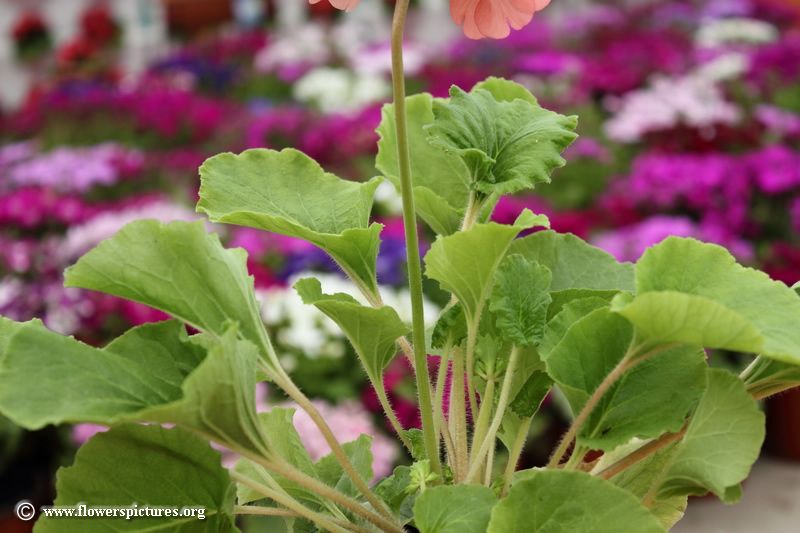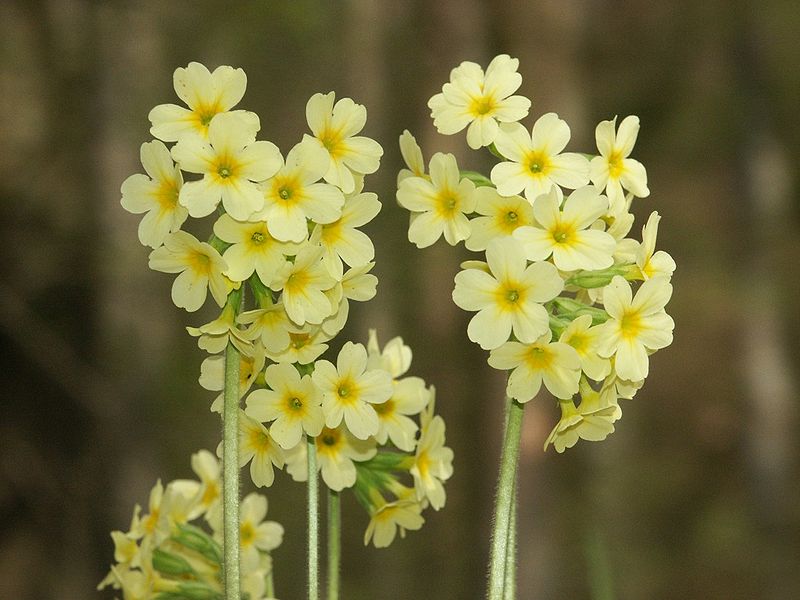Adaptation:
Vascular plants are believed to have evolved from green algae. With the development of roots, stems, and leaves, plants were able to adapt to a variety of niches.
The Poisonous Primrose has adapted to its environment by having taproots. The roots give the plant a support structure and draw water from the soil by osmosis. The Poisonous Primrose has made this special adaptation so it can live in desert-like areas. Its thickened taproots allow for the storage of food and water. Taproots increase the surface area for the the plant to take up water. Along with transporting water, taproots can be modified into storage organs. Storage organs help the plant store energy and water. Since storage organs are under ground, they are protected from herbivore predators ("Canyon Country Outdoor Education").
STEMS:
Stems have allowed for plants to transport material from the roots to the tip of the leaves. The apical meristems contain both xylem and phloem. Xylem helps with the transport of water and phloem helps with the transport of sugar. The stem also plays a major role in the Poisonous Primrose's adaptation to different environments because it allows the plant to grow up towards the sun to increase photosynthesis. When a plant is growing up or down, it is known as primary growth. Horizontal stems called stolons, Latin for shoot, and rhizomes, Greek for root, help the plant grow. Located on the stolon are nodes which aid in leaf, branch, and flower growth. The leaf primordium which will become leaves and bud primoridum which will possibly become branches or flower structures both grow off of the nodes on the stolon. The spreading of underground rhizomes may not be as apparent as the growth of stolon, but they are important for water uptake. Rhizomes can occupy a large surface area of soil; this allows for the plant to take in more water (Capon, 1990).
LEAVES:
Leaves have allowed for plants to increase their surface area
allowing for more photosynthesis. Also, in the epidermis layer of
tissues, is a waxy cuticle. This waxy cuticle
 protects the plant from
desiccation (drying out). Primula obconica has also adapted
over the years by the development of special guard cells. The guard
cells help open and close stomata to regulate gas exchange. The
stomata are located on the top of the plant's leaves because
that is where they can receive the most carbon dioxide. It is also
beneficial to have the stomata on the tops of the leaves
because when the stomata are open they can partake in photosynthesis.
The open stomata causes water to be transpired, resulting in an
increased solute concentration. Since the concentration is
increased, water from the xylem moves into the mesophyll cells. The
use of stomata allows for P. obconcia to live in somewhat
dry environments (Capon, 1990).
protects the plant from
desiccation (drying out). Primula obconica has also adapted
over the years by the development of special guard cells. The guard
cells help open and close stomata to regulate gas exchange. The
stomata are located on the top of the plant's leaves because
that is where they can receive the most carbon dioxide. It is also
beneficial to have the stomata on the tops of the leaves
because when the stomata are open they can partake in photosynthesis.
The open stomata causes water to be transpired, resulting in an
increased solute concentration. Since the concentration is
increased, water from the xylem moves into the mesophyll cells. The
use of stomata allows for P. obconcia to live in somewhat
dry environments (Capon, 1990).
Protection from predators:
Primula obconica has adapted to fight off predators. Its leaves contain the toxin primin. When an organism comes in contact with primin, it may experience skin irritation. P. obconica developed this characteristic not only to survive in nature but also to survive in a garden setting. When this plant is in gardens, it has the risk to be preyed upon by insect or animal pests. However, with this toxin as its defense, others organisms are learning to stay away. To find out more about this toxin, click here.
![]()
The Poisonous Primrose is considered to be autotrophic.
Go to
Food I Eat for more information on
this feeding style.
Back to the home page.

